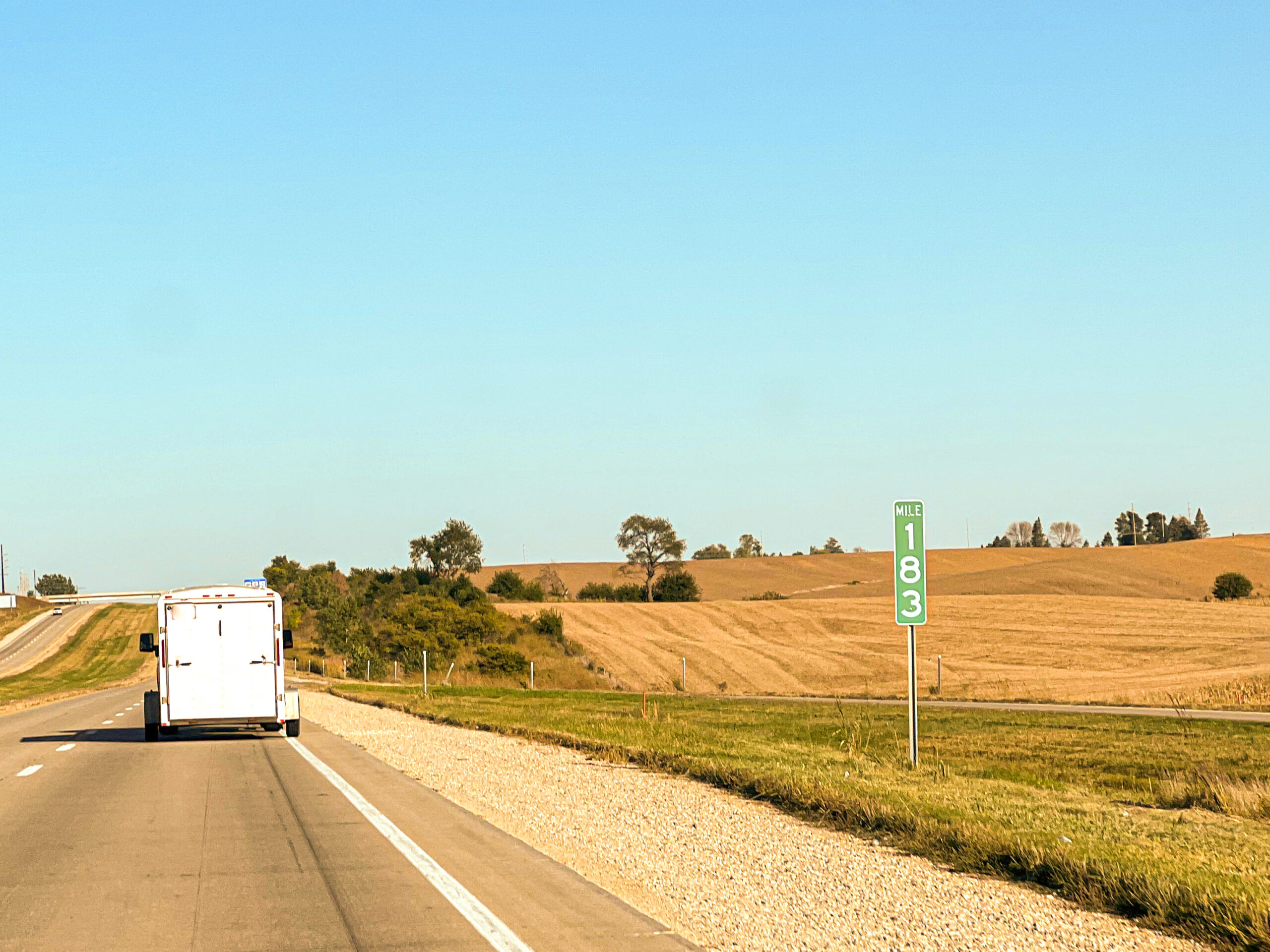This guide answers the popular question, how do I use my emergency brake when towing a trailer?
How do emergency brakes work?
The emergency brake, often called a parking brake, E-Brake, or Emergency Brake, works independently from the brakes that you tap to stop your car or use to slow your trailer. This allows you to have access to an alternative braking system should your primary tow vehicle or trailer brakes fail. The emergency brake is designed to hold your car in place by locking the wheels in place, so it doesn’t roll down a hill or move when parked.
When the E-Brake is engaged on cars with drum brakes, the cables pull another lever that puts pressure on the brake shoes to stop the vehicle wheels from moving. On cars with disc brakes, applying the parking brake activates a corkscrew mechanism that pushes a piston into the brake pads to stop the wheels from moving.
Different types of emergency brakes on tow vehicles
If you are unsure if your parking brake is activated, pay attention to the light on the dash of your vehicle. If your parking brake is engaged, you will see one of the following brake system warning lights. Always double-check that your E-brake is disengaged before putting your vehicle into gear. Driving with your emergency brake on can damage your car.
Pedal – The pedal emergency brake is positioned on the floor and to the left of the gas, brake, and clutch pedals in the vehicle. To activate a pedal e-Brake, press down on the pedal until you hear it click. To release a pedal parking brake, stomp on the E-Brake pedal and push down gently until you feel it release.
Center lever – Popular on older-model vehicles, usually compact vehicles, the center lever parking brake is found between the two front seats. To activate a center lever parking brake, simply pull up on the lever. To release the brake, press the button on the end of the lever and push down on the stick.
Push button – Located with the other console controls, a push button parking brake is an electronic system that engages and releases with the simple press of a button.
The button can be located on the dash, driver’s side door, steering wheel, or center console. With new advanced technology, vehicles are becoming smarter and filled with state-of-the-art technology and electronic systems. The push button E-brake on the Tesla Model S and Model X parking brake is electronically activated through a simple press of a button located on the steering wheel.
Stick lever – A stick lever emergency brake is commonly found in many older vehicles and is located under the instrument panel.
How to use a parking brake
Many drivers don’t know how to properly use a parking brake. Many drivers shift their vehicle into park BEFORE setting the emergency brake – which is incorrect. The correct way to activate the e-brake is to stop your car with your primary brakes, set the emergency brake, and then shift your car to the park before turning off your engine.
It’s important to set the E-brake before shifting to park, because if you put the car in park and then release the primary brake pedal, the transmission holds the car in place, which increases the wear and tear on it. To disengage your parking brake, start your engine, press your primary brake pedal, release the emergency brake, and shift your vehicle into drive. Remember that driving with your emergency brake on can damage your car.
When to use a parking brake when hauling a trailer
Contrary to popular opinion, your parking brake should be used EVERY time you park – especially when hauling a heavy, loaded-down trailer. Many people think that you only need to use your parking brake when you are parked on a hill, or uneven parking lot, or the roads are slick from ice or snow or you have a manual transmission.
Your parking brake should also be used in an emergency if your regular brakes stop working and you need to bring your vehicle and trailer to a stop. Just keep in mind that it won’t bring your vehicle to a sudden stop like your regular brakes would, but it does help slowly bring it to a stop. When you are hauling a heavy trailer, the E-brake will have a harder time slowing down the tow vehicle and trailer.
By engaging the parking brake every time you park, you can be assured that your vehicle and trailer won’t roll away. It adds another level of security and reduces stress on the transmission and driveline parts.
Wheel Clocks
In addition to the E-brake, wheel clocks should always be used – especially when parking your tow vehicle and trailer whenever your vehicle is parked. It is especially important to use wheel clocks when parking on slanted, uneven ground. Although setting your tow vehicle’s emergency brake is very important, it is usually not strong enough on its own to keep your fully-loaded trailer from detaching and rolling away.
Contact BlueSwift Axles
Using the parking brake and wheel clocks regularly helps keep your E-brake in proper working order. When you don’t use the emergency brake, it can corrode and you won’t know there is a problem until you need it. If you find that you are having issues with your trailer brakes or your E-brake on your tow vehicle is not engaging properly, give BlueSwift Axles a call. We can talk you through different trailer brake replacement options to suit your trailer and towing needs.

